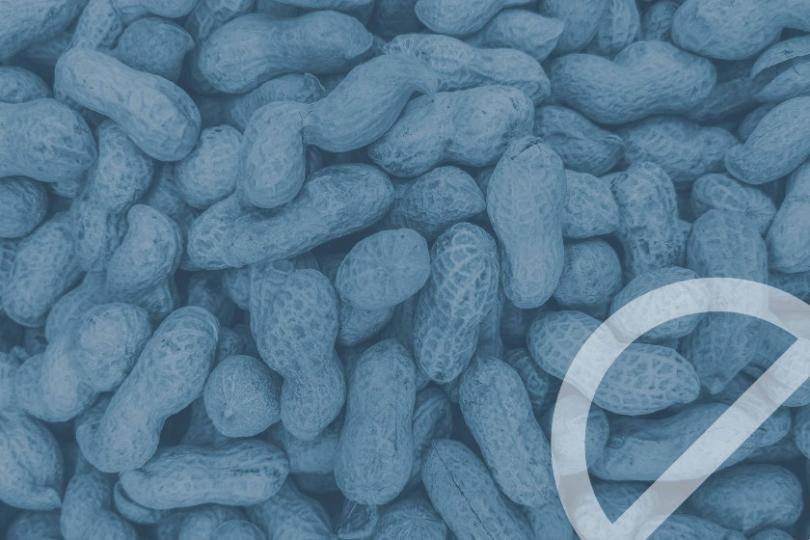Potential Side Effects
OPTIFAST® is considered a safe form of weight loss with only minor, transient side effects being observed. These side effects are a result of rapid weight loss and ketosis and may include sensitivity to cold, halitosis (bad breath), headache, hair loss, irritability, postural hypotension, fatigue, muscle cramps and menstrual disturbances.
These side effects are generally insufficient in magnitude or duration to warrant stopping the Program. As with any major dietary adjustment, the first few days on the OPTIFAST® Program can be challenging. These first few days are commonly known as ‘The 3-Day Challenge’. As the body transitions into ketosis, you may experience some transient side effects like fatigue, hunger, lack of concentration, nausea and headaches. Typically, only mild ketosis occurs during the OPTIFAST® Program and most symptoms pass in 4-6 days





